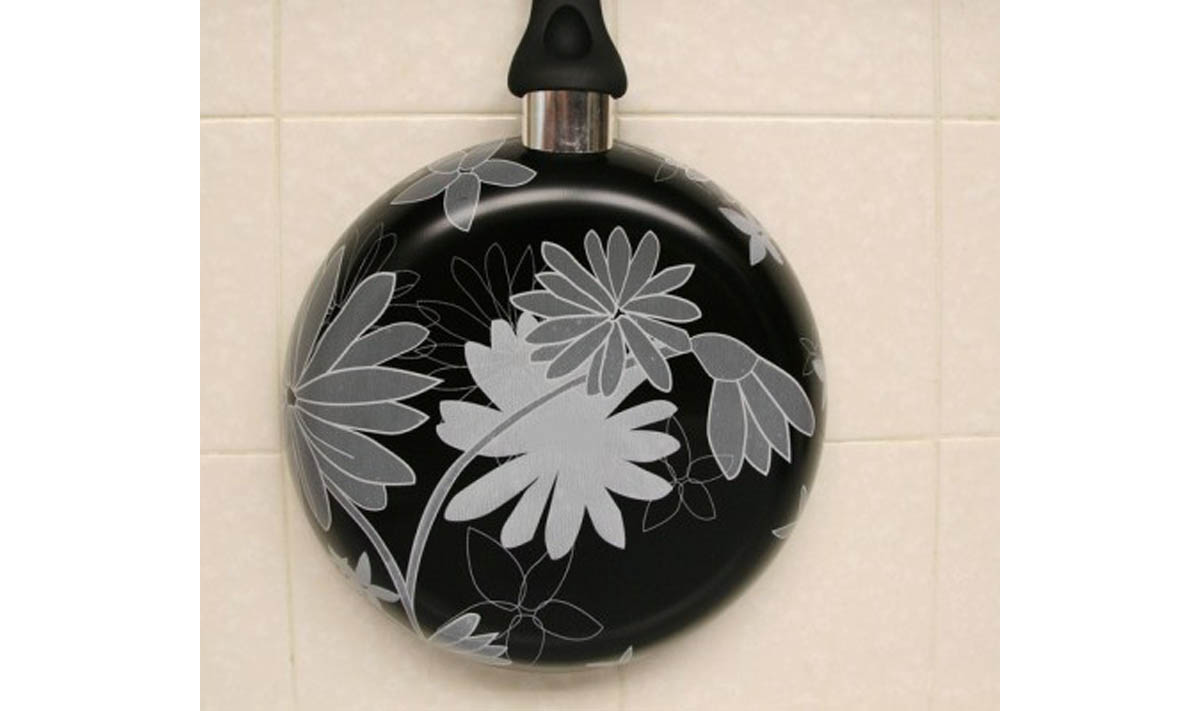Table of Contents
Dr. Kim Innes and colleagues at the West Virginia University School of Medicine report that high levels of two chemicals used in making Teflon coatings for pots, pans, and other smooth surfaces can lead to higher rates of osteoarthritis.
There is no easy way to detoxify the body from these chemicals used in making Teflon and so many other necessities of modern life. EDTA chelation won't work, oral chelation pills won't work, and they won't be removed by taking large amounts of antioxidants. It is only possible to limit exposure. However, you don't have to turn your life upside down.

Secondly, it is a good idea to avoid the single greatest source of PFOA and PFOS for most Americans, microwave popcorn popping bags. More than any other "Teflon" coated item in everyday life, microwaveable popcorn popping bags release the greatest amounts of these chemicals. It really is possible to pop corn without using a microwave. Traditionally, corn was popped in a hot pan—preferably not Teflon-coated!
Many microwave popcorn manufacturers offer organic popcorn that does not contain diacetyl, the chemical that gives popcorn a fake buttery smell. It's not just the diacetyl you need to avoid, it's the PFOA and PFOS in the popping bag itself. You can simply pour the microwave popcorn into a hot, covered skillet and heat for about 5 minutes, but you will need to shake the pan to keep the kernels from burning before they pop.
For most people, other potent sources of PFOA and PFOS are easy to avoid. Here are some important tips.
- Don't toss water-resistant clothing in the trunk or on the back seat of your car. Heat can cause release of chemicals.
- Don't use grout to lay or replace tile in hot or poorly ventilated spaces. If you must use grout in a small, confined space, wear a respirator.
- If you are pregnant, avoid exposure to adhesives, tapes, and cements, especially during the first trimester.
- If you take fish oil or cod liver oil, be sure to use a "distilled" brand, preferably a brand that is distilled without the use of still more chemicals (such as Nordic Naturals or Xtend-Life).
- Keep babies and toddlers off carpets. Hand-to-mouth exposure from PFOA and PFOS in carpet fibers is a significant source of lifelong contamination.
- Minimize consumption of runny fried eggs, which contain compounds that bind the B vitamin biotin, important to the body's ability to deal with PFOA and PFOS toxicity.
- Minimize consumption of seafood caught or harvested in shallow water, such as oysters. PFOA and PFOS tend to float on the surface of sea water. Deep-sea fish and shellfish are less likely to be contaminated.
- Eat your veggies and fruit. They are detoxifying. A study of Norwegians exposed to Teflon chemicals found that consuming 150 grams (5-1/2 oz) or more of plant foods daily lowered PFOS and PFOA levels by up to 16% per year.
- D'Hollander W, de Voogt P, De Coen W, Bervoets L. Perfluorinated substances in human food and other sources of human exposure. Rev Environ Contam Toxicol. 2010, 208:179-215. Review.
- Photo courtesy of turkeychik on Flickr: www.flickr.com/photos/turkeychik/3481569844/


Your thoughts on this